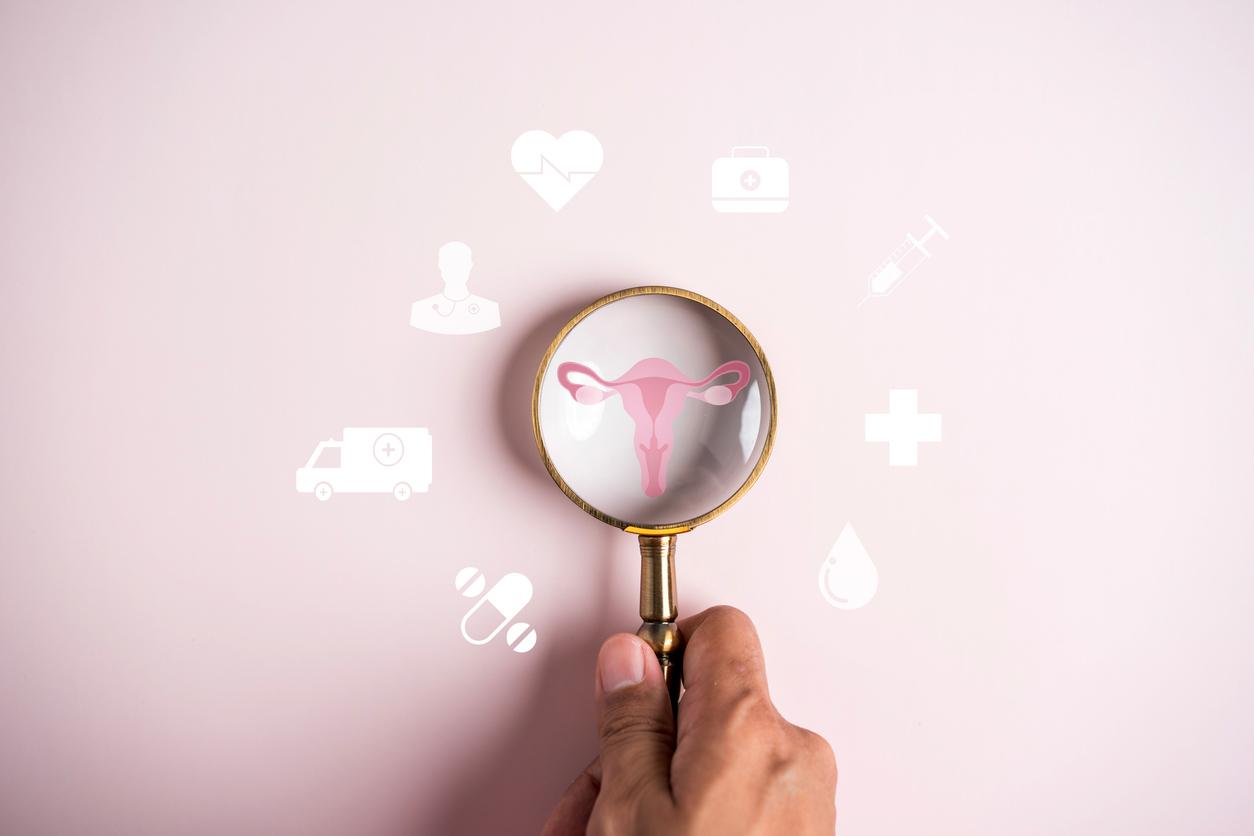The Department of Research, Studies, Evaluation and Statistics (DREES) and Public Health France have just published the new report on The state of health of the population in France. It shows that the French are generally in good health compared to populations with a similar level of wealth.
• Life expectancy is high : 85 years for women (among the highest in Europe) and 78.9 years for men. In ten years, the life expectancy of women has increased by 1.2 years and that of men by 2.2 years.
• The very notable reduction in all-cause mortality observed for several decades continues, for all age groups, for men and women. This reduction in mortality concerns most chronic diseases: cancer, cardiovascular illnessesrespiratory diseases, diabetes.
There are exceptions, however: mortality from lung cancer and mortality related to chronic obstructive pulmonary disease (COPD) increased in women, in relation to tobacco consumption.
The burden of premature deaths remains high
The burden of premature mortality before the age of 65 is still significant: it represents nearly one in five deaths. This premature mortality is twice as high in men as in women.
Avoidable mortality through a reduction in risky behaviors accounts for 30% of this premature mortality: it is almost three times higher in men than in women.
There are also significant variations in mortality and morbidity rates between regions. For example, the stroke (CVA) and progressive chronic bronchopneumopathy (COPD) are more common in Hauts-de-France than in the Auvergne-Rhône-Alpes region.
Life expectancy is on average higher in the southern half of mainland France, in Île-de-France and, for the DROMs, in Martinique. On the other hand, it is on average lower in Hauts-de-France and, for the DROMs, in Mayotte and Guyana.
Risky behavior persists
• smoking remains too important. Among women, the proportion of smokers has remained stable since the 1970s. Among men, although tobacco consumption fell markedly over the same period, it remained higher than that of women.
• Behaviors significant occasional alcoholism (API) are increasing. Between 2010 and 2014, the percentage of people who had at least one API during the year rose from 36% to 38% among 18-75 year olds, and from 52% to 57% among 18-25 year olds.
• The sexually transmitted infections (STI) are increasing: between 2012 and 2014, the number of diagnoses increased by 12% for chlamydia infections, and by 25% for gonorrhea.
Read also :
Having children would increase life expectancy
You can’t expect to live longer than… 125


















